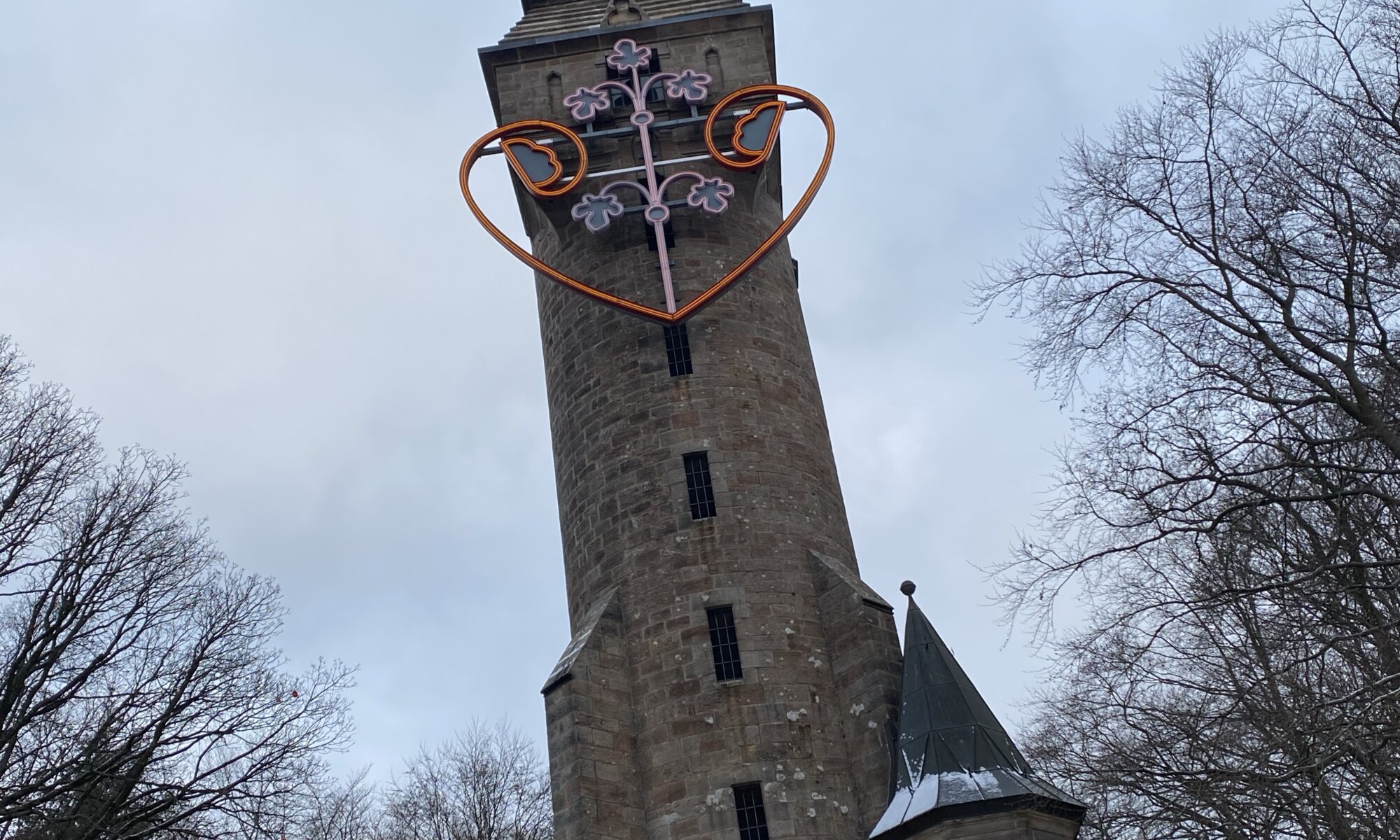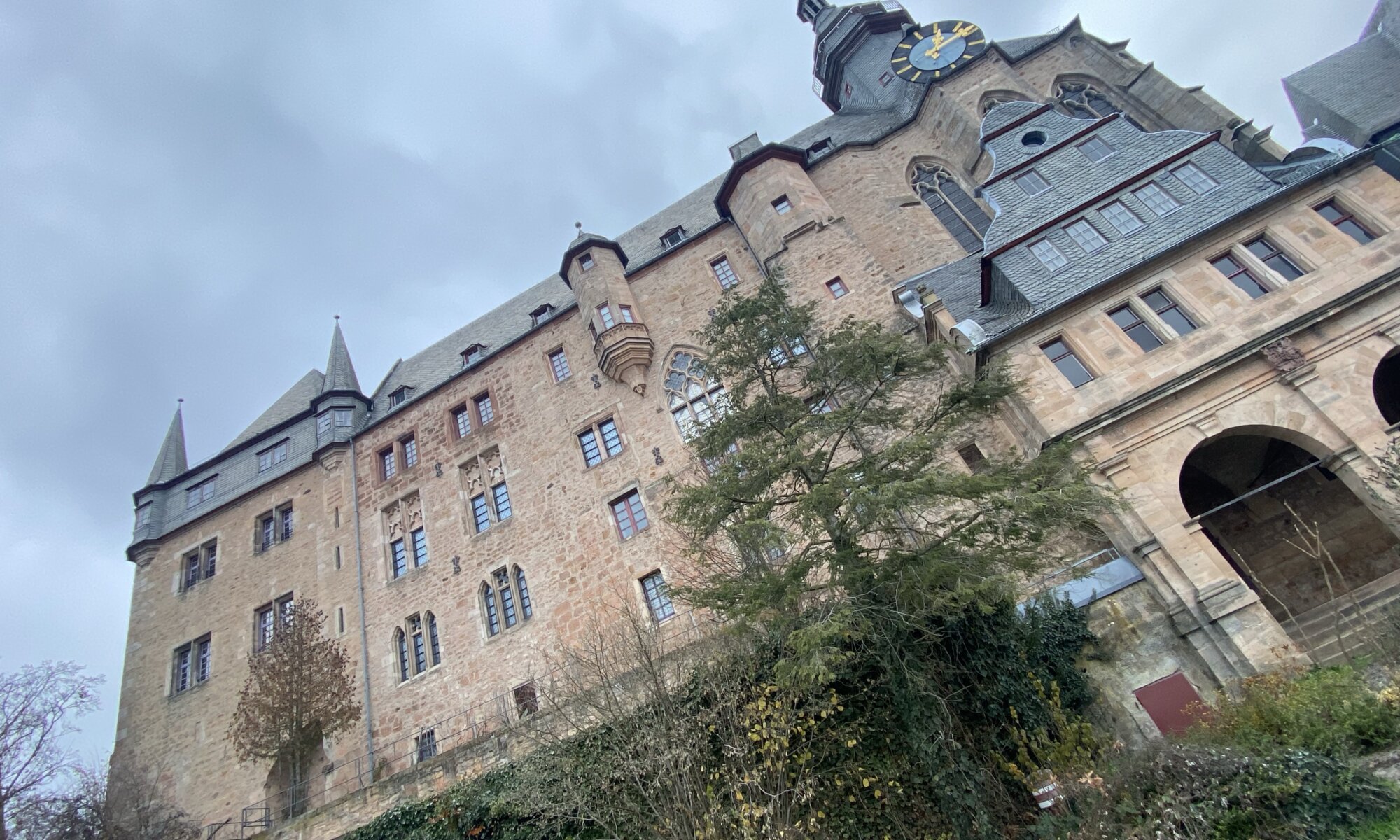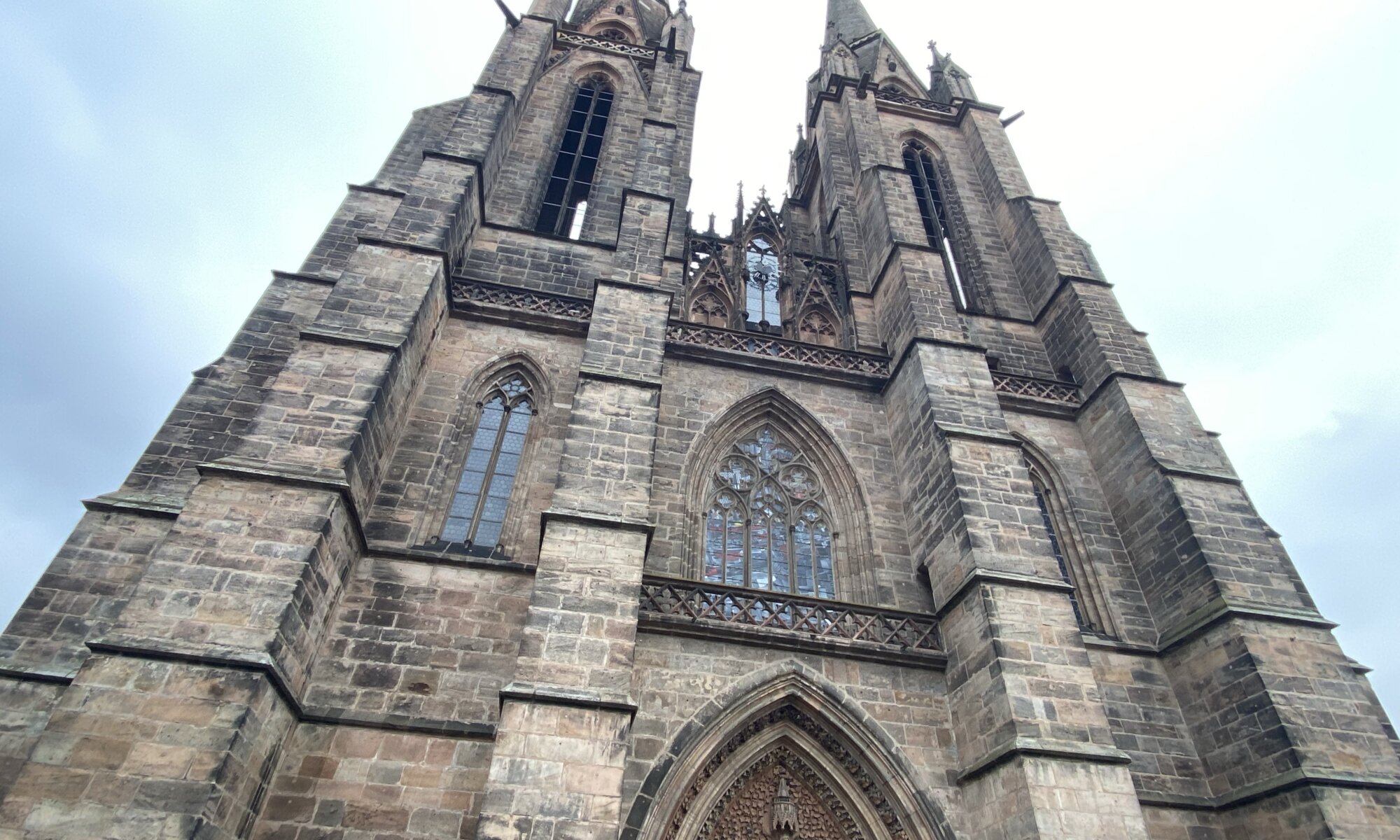Throughout Germany you can find many statues and memorials in form of towers created for three persons: Otto von Bismarck, Wilhelm I, and his grandson Wilhelm II. They’ve mostly been funded by donations of the citizens. That is also the case with the tower overlooking Marburg an der Lahn: It was built in 1887 to commemorate the creation of the German Empire and the victory in the Franco-Prussian War in 1870/1871. It was named Kaiser-Wilhelm-Turm after Wilhelm I, king in Prussia.
Continue reading “Spiegelslust”Small but great
The city of Marburg an der Lahn, Germany, has only 74,000 inhabitants. But it is an university town with a long history and therefore has something unusual for a city of that size: a wonderful art museum. The building was created in 1925 to commemorate the foundation of the university 400 years ago and therefore named Jubiläumsbau. Within the institutes for art and culture were concentrated that were until then distributed throughout the city.
Continue reading “Small but great”Landgrafenschloss
Above the beautiful historic city center of Marburg an der Lahn, Germany, you can find a castle with strong fortifications, the Landgrafenschloss or Marburger Schloss. It was created as a medieval castle in the 11th century and was changed over time by the Ludovingians and the landgraves of Thuringia. Later it became the first residence of the landgraviate of Hesse in the late 13th century and therefore it has a place in the history of this federal country of Germany.
Continue reading “Landgrafenschloss”Elisabethkirche
The Elisabethkirche of Marburg an der Lahn, Germany is a special one: it is the oldest purely gothic-style church in Germany. Isn’t that a reason to get to this small university town in the middle between Frankfurt am Main and Kassel? The church was built from the year 1235 on and was consecrated in 1283. This construction project was done by the Teutonic Order (a.k.a. The Order of Brothers of the German House of Saint Mary in Jerusalem). They’ve built the church on top of the grave of Saint Elizabeth of Thuringia (1207-1231). She was a Hungarian princess married to Louis IV, Landgrave of Thuringia.
Continue reading “Elisabethkirche”



